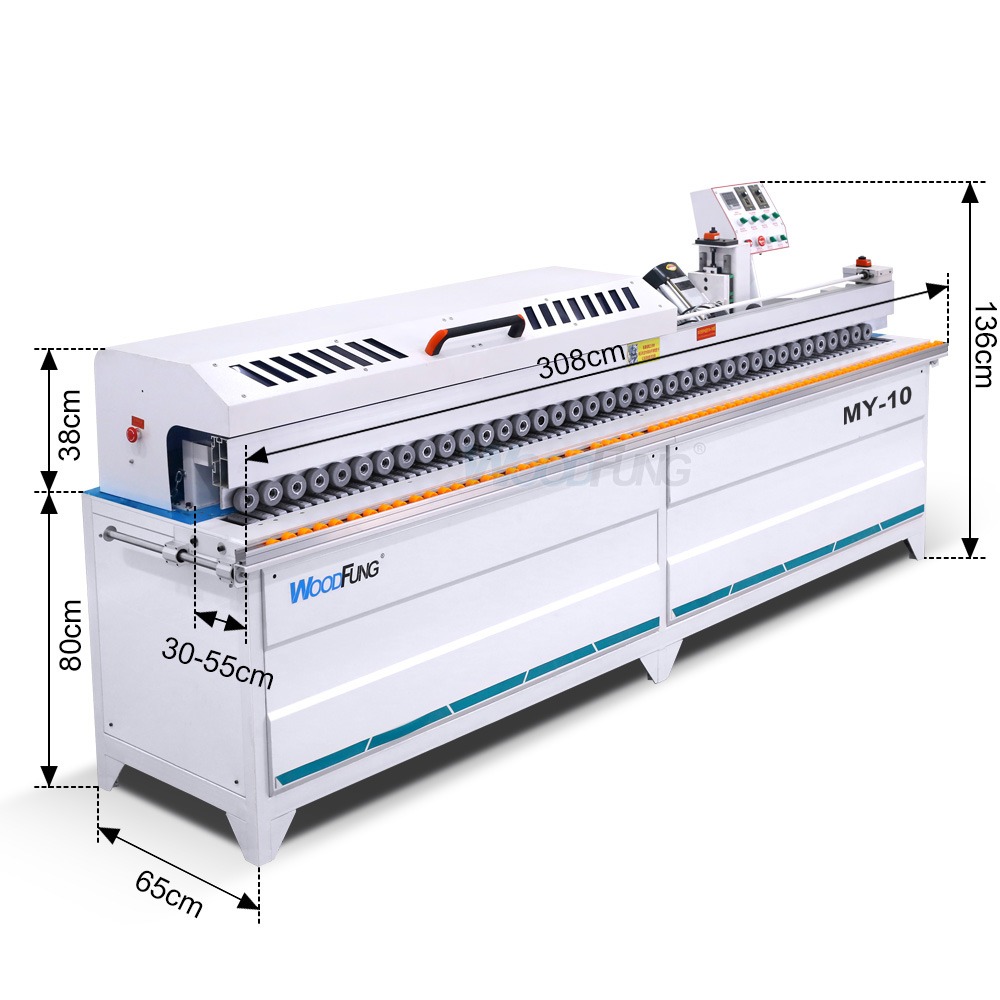Carpets have been an essential part of home decor for centuries, serving both functional and aesthetic purposes. While machine-made carpets have become increasingly popular due to their affordability and convenience, handmade carpets offer unique qualities that set them apart. فرش دستباف تارنگ This article explores the distinct differences between handmade and machine-made carpets, shedding light on craftsmanship, materials, durability, and cultural significance.
1. Craftsmanship: The Heart of Handmade Carpets
Artisan Skill
Handmade carpets are crafted by skilled artisans who dedicate hours, days, or even months to create each piece. The artistry involved in weaving is passed down through generations, often requiring years of practice to master. Every knot, pattern, and color is carefully chosen, resulting in a one-of-a-kind creation.
Attention to Detail
The level of detail in handmade carpets is unparalleled. Artisans often incorporate intricate designs that reflect cultural heritage and traditions. The uniqueness of each carpet stems from the artisan’s vision, making every piece special and often telling a story.
2. Materials: Quality Over Quantity
Natural Fibers
Handmade carpets typically use natural materials such as wool, silk, or cotton, which not only enhance the beauty of the carpet but also ensure durability. These fibers are often sourced locally, adding a layer of authenticity to each piece.
Synthetic Options in Machine-Made Carpets
In contrast, machine-made carpets often use synthetic fibers like polyester or nylon. While these materials can be more affordable and easier to clean, they lack the texture and depth that natural fibers provide. The richness of color and feel in handmade carpets can rarely be replicated in machine-made versions.
3. Durability: Longevity of Handmade Carpets
High Quality and Longevity
Due to the meticulous craftsmanship and high-quality materials used, handmade carpets are generally more durable than their machine-made counterparts. With proper care, they can last for decades or even centuries, often becoming family heirlooms passed down through generations.
Wear and Tear of Machine-Made Carpets
Machine-made carpets, while initially cheaper, tend to wear out faster. The quality of materials and construction may not withstand heavy foot traffic or environmental factors as well as handmade carpets. This often leads to a need for replacement sooner than expected, negating the initial cost savings.
4. Customization: A Personal Touch
Tailored Designs
Handmade carpets can be customized to fit specific design requirements, allowing homeowners to select colors, patterns, and sizes that suit their unique style and space. This personalization ensures that the carpet complements the overall decor of the room.
Limited Customization in Machine-Made Options
On the other hand, machine-made carpets often come in standard sizes and designs, limiting the buyer’s options. While some manufacturers offer customization, the range is usually more restricted compared to what skilled artisans can provide.
5. Cultural Significance: A Connection to Heritage
Cultural Representations
Handmade carpets often carry deep cultural significance, reflecting the history and traditions of the regions from which they originate. Patterns may symbolize various cultural narratives, and the techniques used in their creation can tell stories of the artisans’ heritage.
Generic Designs of Machine-Made Carpets
Machine-made carpets typically feature generic designs that lack cultural depth. These mass-produced items may appeal to broad audiences but fail to convey the rich stories and craftsmanship inherent in handmade carpets.
6. Environmental Impact: Sustainable Practices
Eco-Friendly Materials
Handmade carpets are often made with eco-friendly materials and dyes, which can be less harmful to the environment. Artisans frequently use sustainable practices in sourcing their materials and crafting their carpets.
Impact of Machine Production
In contrast, the mass production of machine-made carpets often involves synthetic materials that are not biodegradable, contributing to environmental degradation. The manufacturing processes can also generate significant waste and pollution.
7. Pricing: Value for Investment
Long-Term Value of Handmade Carpets
While handmade carpets may come with a higher upfront cost, they represent a long-term investment. Their durability, quality, and timeless appeal can add value to your home and last a lifetime.
Short-Term Savings on Machine-Made Carpets
Machine-made carpets might appear cheaper initially, but their shorter lifespan and potential replacement costs can make them more expensive in the long run. Buyers often find themselves needing to replace these carpets after just a few years of use.
8. Aesthetic Appeal: Unique Beauty
Timeless Aesthetics of Handmade Carpets
Handmade carpets possess a unique beauty that is difficult to replicate. The irregularities and imperfections found in each piece add character and charm, making them visually appealing and inviting.
Uniformity of Machine-Made Carpets
Machine-made carpets often lack this individual charm, as they are produced in large quantities with uniform designs. While they can be aesthetically pleasing, they may not evoke the same emotional response as a handcrafted piece.
9. Maintenance: Caring for Your Carpet
Easier Maintenance of Machine-Made Carpets
One of the advantages of machine-made carpets is their ease of maintenance. Many are designed to be stain-resistant and can be cleaned with minimal effort.
Care Requirements for Handmade Carpets
Handmade carpets, particularly those made from natural fibers, may require more careful maintenance. Regular cleaning and appropriate care are necessary to preserve their beauty and longevity, but many homeowners find the effort worthwhile for the quality they receive.
10. Conclusion: The Choice is Yours
In summary, the differences between handmade and machine-made carpets are profound. From craftsmanship and materials to durability and cultural significance, handmade carpets offer unique qualities that machine-made options cannot replicate. When choosing a carpet, consider what aspects are most important to you, whether it’s the artistry, sustainability, or long-term investment. Ultimately, the choice comes down to personal preference, but understanding these distinctions can help you make an informed decision.


